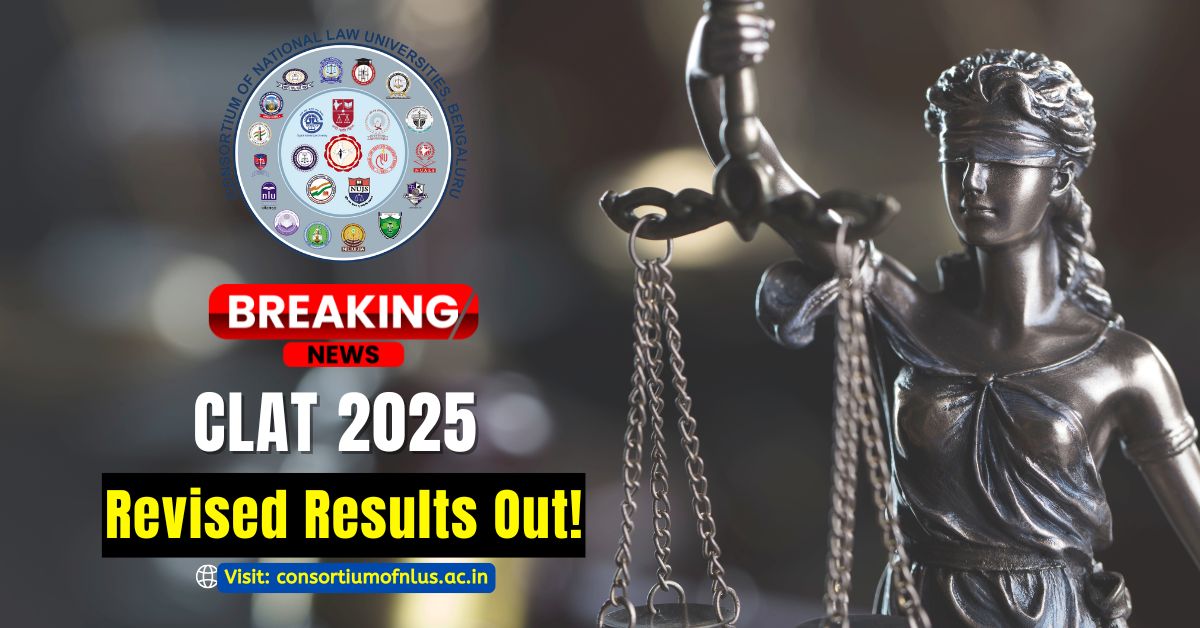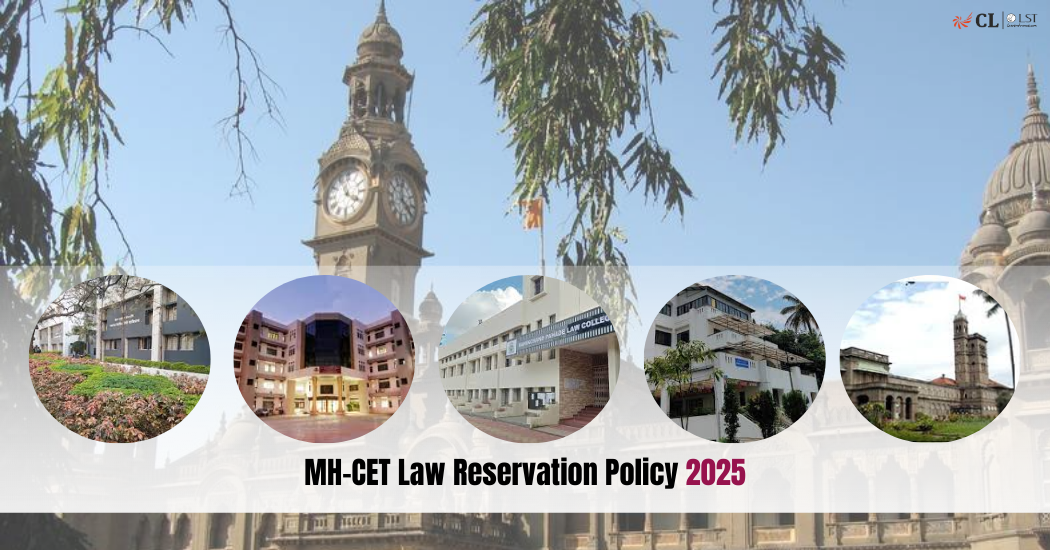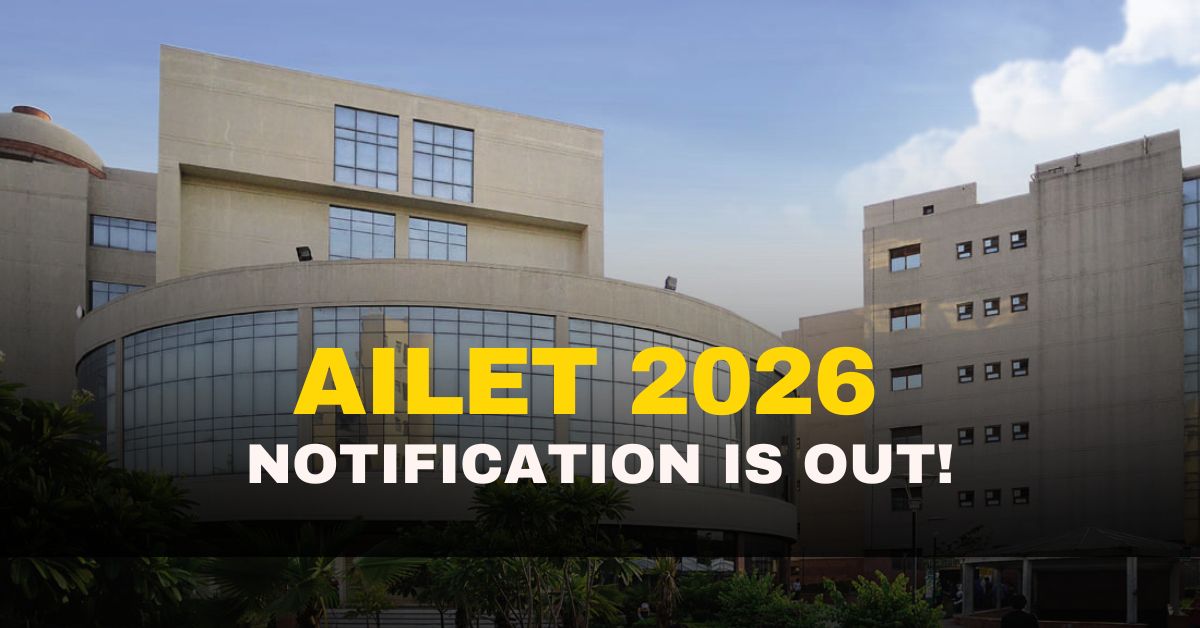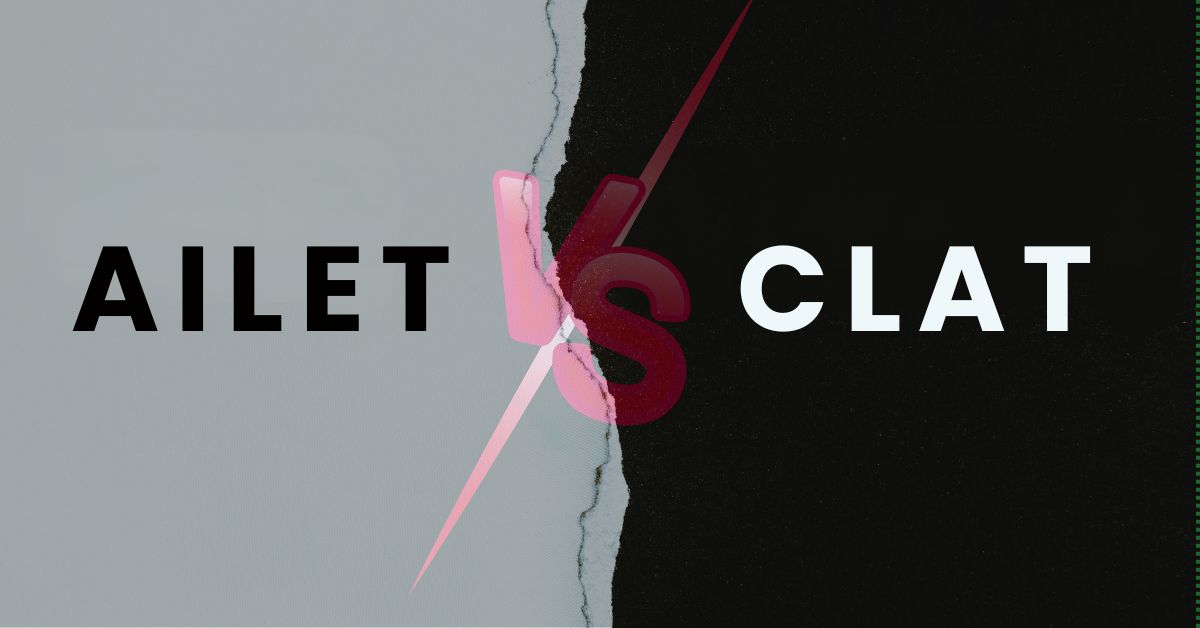CLAT vs AILET Question Paper: Understanding the Differences
BY: CL-LST Team
Published on: 14 Jun 2023
Total Views: 226
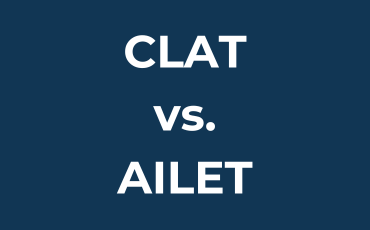
CLAT vs AILET Question Paper: Understanding the Differences
The Common Law Admission Test (CLAT) and the All India Law Entrance Test (AILET) are two prestigious entrance tests that aspiring law students in India aim to crack. While both tests evaluate a candidate’s aptitude for law studies, there are notable differences in their question paper patterns. In this blog, we will explore and compare the question paper structure and format of CLAT and AILET to help candidates understand the unique aspects of each test.
CLAT Question Paper
> Sections: The CLAT question paper typically consists of five sections: English Language, General Knowledge and Current Affairs, Quantitative Aptitude, Legal Aptitude, and Logical Reasoning. The weightage and number of questions may vary each year.
> Total Questions and Marks: CLAT question papers usually have a total of 150 multiple-choice questions (MCQs) with each correct answer carrying one mark. The total achievable mark for the test is 150. The total duration of the test is 120 minutes.
> Negative Marking: CLAT follows a negative marking system, where 0.25 marks are deducted for every incorrect answer. Unanswered questions do not attract any negative marking.
AILET Question Paper
> Sections: Unlike CLAT, AILET tests aptitude in three sections: English, General Logical Reasoning, and General Knowledge.
> Total Questions and Marks: AILET question papers generally consist of 150 multiple-choice questions, and each correct answer carries one mark. The total marks for the test typically range from 150 to 150 marks. The time duration of the paper is 90 minutes.
> Negative Marking: Both papers have a negative marking of 0.25 for every incorrect answer.
Overall Assessment
CLAT and AILET differ in the number of sections, and the time duration for which the tests are held. In addition to this, the difficulty level of both papers is considered to be at par. AILET is accepted by NLU Delhi, while CLAT is accepted by all 24 institutes under the Consortium of NLUs.
All the best!
Team LST
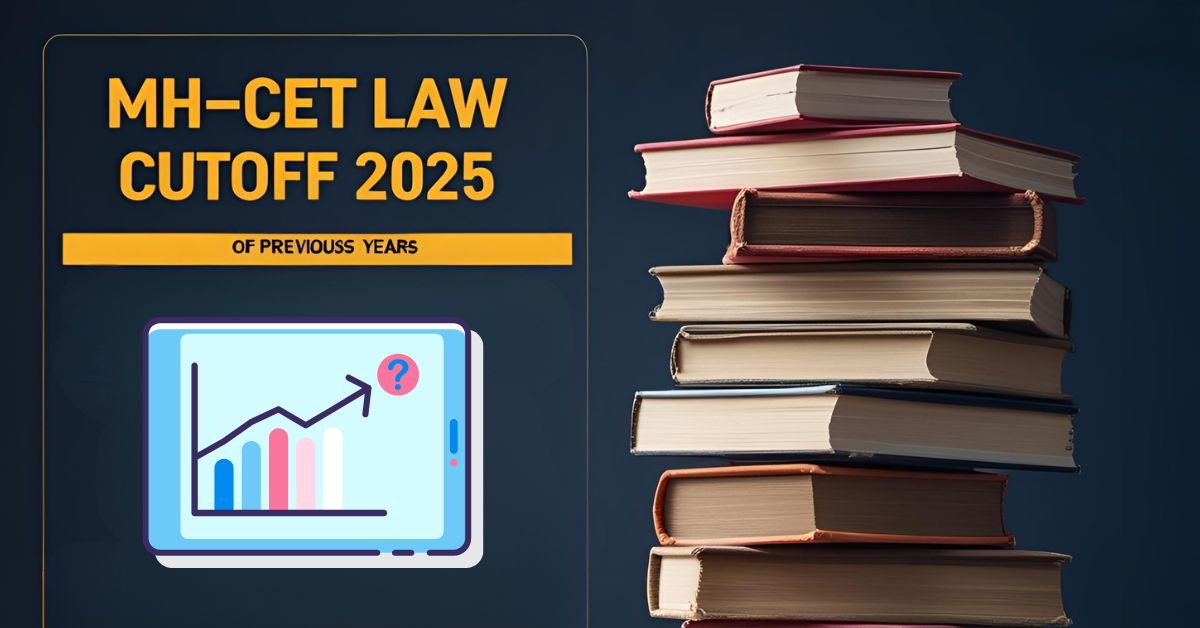
![MH-CET Law 2025 Result OUT! [Direct Link to Score card]](https://www.lawentrance.com/blogs/wp-content/uploads/2025/06/ChatGPT-Image-Jun-5-2025-04_52_35-PM.png)
